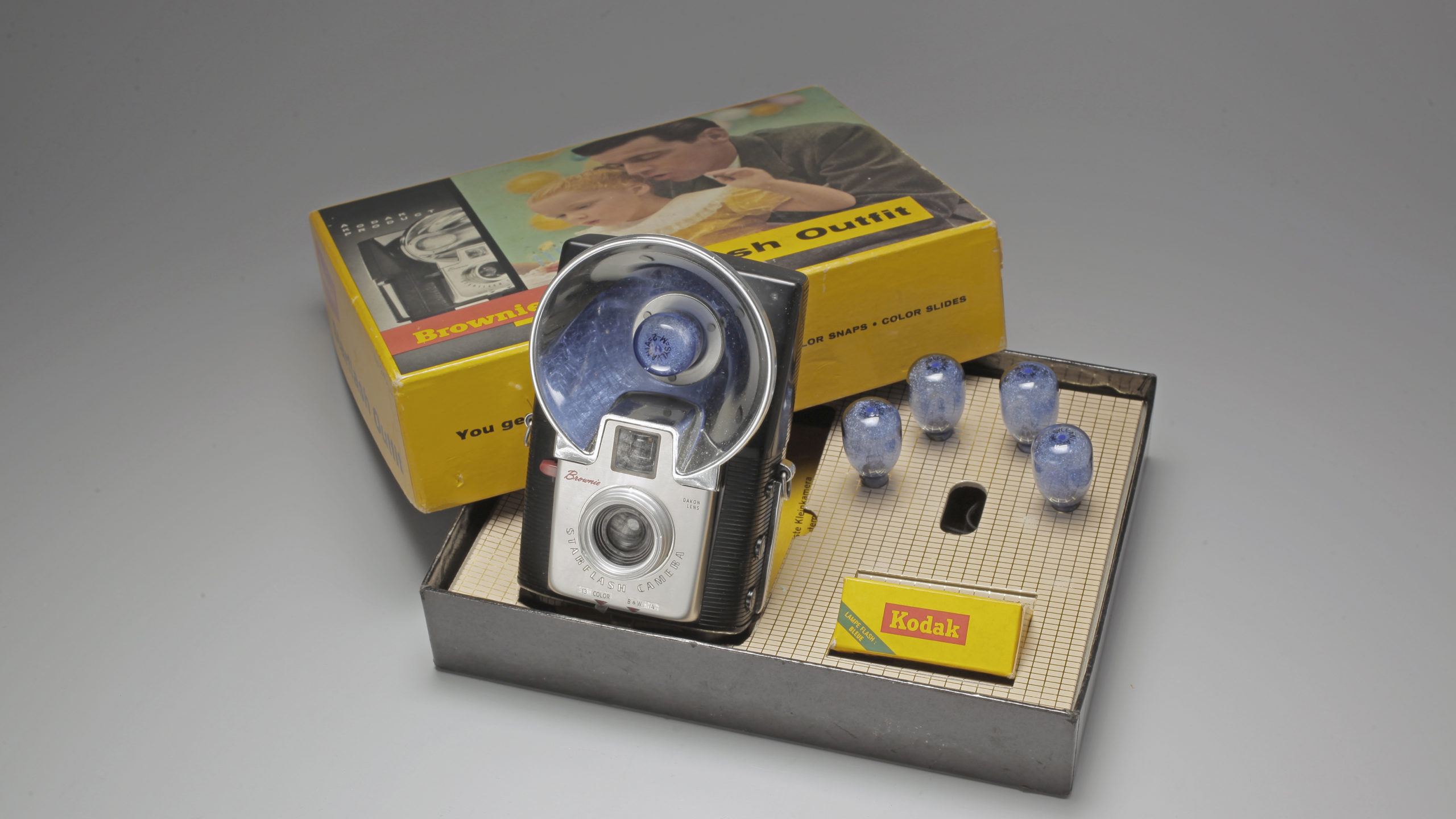Photography for all
By 1950, almost everyone had access to a wide variety of photographic equipment and services, depending on what they wanted. Photography shops sold cameras and accessories, lab equipment, films and papers. They could develop films and print enlargements for customers; their owners were often active photographers outside of business hours.
The ease with which new models of cameras with their little reels of film could be used attracted a wide range of users, which the photography industry soon learned to target using suitable advertising campaigns: women, youths, so-called enlightened amateurs, who had access to a whole array of manuals and clubs… and of course rich customers, who could find the gem to fulfil their every desire in the nearest shop.
The success of the Leica and then the Contax prompted manufacturers to offer their considerable potential market other models that were more compact and less expensive. Kodak marketed a disposable 35 mm film cartridge for the Retina, manufactured by its German branch from 1934, which was compatible with all existing cameras, and contributed to the success of the small format.
Along with a camera to suit one’s budget, at a photography shop anyone could find personalised advice or even lessons, all sorts of publications, and an after-sales service, which ensured that films were developed and photographs were printed. Those who wished to process the images themselves could acquire an enlarger adapted to their needs, lab material, vats for developing negatives and all sorts of paper for the prints.


